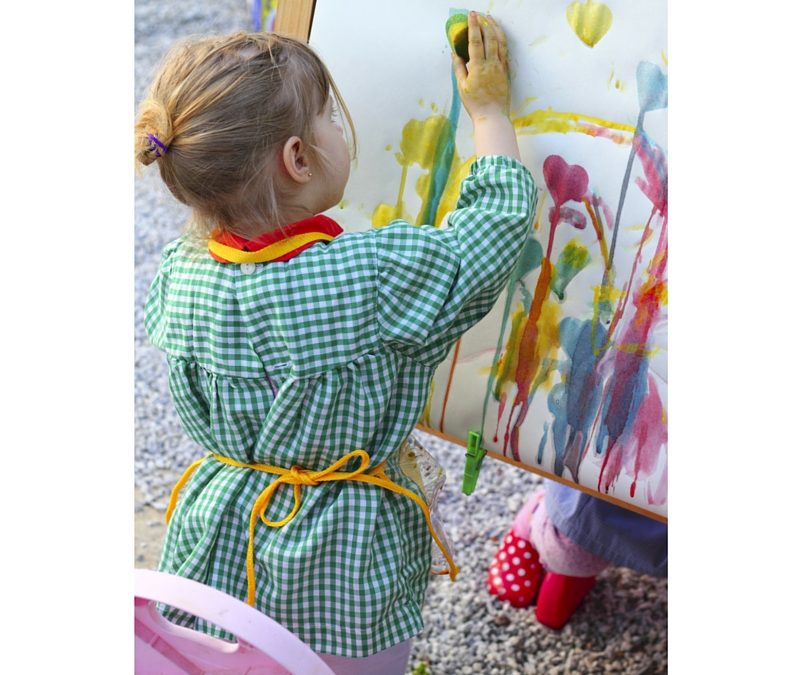
by pam | Jan 25, 2016 | Coping with Change, Discovering Your Passion, High Achieving Women, Life Purpose, Women in Business
How do you know when it’s time to leave a position or career that no longer excites you?
What I’ve discovered in working with clients over the past 7 years, is that when we’re stuck in one part of our life, we’re usually stuck in other parts as well. The good news is when we take action on one aspect of our lives, we usually get “unstuck” and also move forward in other parts of our lives (e.g. in our relationships).
Here are some signs it is time to make a change:
- Work and/or life are no longer fun for you
- You are no longer challenged by or passionate about your work
- You may often feel “wound up” and find it hard to relax
- You feel SOoo tired
- You frequently catch colds or get sick
- You may be experiencing some new health issues
Barriers to Change/Moving Forward
What holds us back from leaving a position/career?
Barriers to change include:
- Guilt that we will let people down
- Rationalizing that we have invested so much time and money in a particular career/business that it doesn’t make sense to leave it
- Fear of loss of approval
- Fear of the unknown
- Rationalizing that we have a good job, are making good money, and that we should be happy
- Fear of not making enough money
- Believing that we will never find the career/business of our dreams
Tips to help you embrace change and move forward
- Rate yourself on a scale from 1 to 10 (1 being “thrive on it” and 10 being “scares me to death”) as to how you usually respond to change. How you’ve responded to life changes in the past will provide you with clues as to how you may respond to change now.
- Reflect on your past experience with life changes; what have you learned that has supported you to adapt and move forward positively?
- Change your perspective. View change as an opportunity: for self-growth and learning; for exploring new solutions and ways of doing things; for “putting on a new pair of glasses” and seeing the world differently.
- Slow down and go inside yourself. Instead of keeping yourself busy, create some time and space for yourself each day. Set aside time in your schedule for you. Spend at least 30 minutes a day meditating, journaling, walking in nature, being.
- Get in touch with and acknowledge your feelings. Don’t push away your feelings; experience them. This allows the process of healing from the inside out to begin.
- Express those feelings. Draw, journal, paint, dance…
- Nurture and take care of yourself. Make sure you eat well, get enough sleep, and exercise regularly. Do something special for yourself on occasion, such as going for a massage, having a bubble bath, buying a new outfit; remember you are special and deserve the best.
- Reach out for support. Ask a friend, family member or life coach to help you. Surround yourself with people who believe in you and are not judgmental.
Based on past experience, how do you know that it’s time to leave a position or career? What strategies have you found useful to propel you forward/embrace change? I invite your comments below. Feel free to share this post with others. If you would like some support to rediscover your passion and find the career or business of your dreams this may be of interest – http://creativelivingcommunity.com/coaching/one-on-one-coaching/

by pam | Jan 11, 2016 | Creative Living, Creativity, High Achieving Women, Proven strategies, Right brain, Women in Business

You may be thinking “creativity – I don’t have a creative bone in my body.” For many years I had the same belief, until some time ago I decided it would be fun to make pottery gifts for friends and family, so I signed up for classes at a local studio. I remember being in awe when the instructor did the demonstration and transformed a ball of clay into a beautiful object within a few moments. When I got my own ball of clay and started to create something on the potter’s wheel, I noticed the chatter leave my head. I got lost in the moment, felt like a child at play and was able to totally focus on what I was creating (otherwise there would have been a blob of clay on my wheel or on the floor!). And, the pottery bowls I made turned out surprisingly well.
Danny Gregory, in his book The Creative License (2006), states “the ability and need to be creative are hard-wired into all of us.” Often we don’t believe we’re creative, as we don’t see ourselves as musicians, painters or sculptors. Yet, if we examine our lives, we may find we’re creative at designing workshops, creating research projects, writing prose, cooking, dancing, gardening, coming up with “out of the box” strategies … .
So why is it important to connect with your creative side? When we connect with our right brains, we feel relaxed, it takes our mind off work, often we feel like a child at play. Research shows the value of the arts in promoting health and enhancing healing. Laura Cerwinske in her book Writing as Healing Art (1999) states that “the power of the written word stimulates the flow of emotions and readily opens the door to the subconscious.” She provides a number of processes and “assignments” for using writing as a way to heal ourselves and to tap into our creativity. Julia Cameron in The Artist’s Way: A Spiritual Path to Higher Creativity (1992) describes the importance of learning to “recognize, nurture and protect your inner artist (and in so doing)…you will learn ways to recognize and resolve fear, remove emotional scar tissue, and strengthen your confidence.”
Dr. Eugene Cohen’s[1] research demonstrates that creative expression is important for older people of all cultures and ethnic backgrounds, regardless of economic status, age, or level of physical, emotional, or cognitive functioning. His work and the programs of NCCA demonstrate how the arts can serve as a powerful way to engage elders in a creative and healing process of self-expression, enabling them to create works that honor their life experience.
What are the dangers of only using your left-brain, logical side and not taking the time to tap into your creative right brain? Gregory cautions that when we stifle our creativity “our minds grow narrower…we grow remote from others, categorizing and stereotyping the people we meet…we speed through life, wanting to get on to the next thing, unable to take pleasure in the moment.”
How do you tap into and express your creative side?
Sit down in a quiet place, free from distractions. Take a few deep breaths to relax yourself and close your eyes for a couple of minutes if you feel comfortable doing so. Ask yourself the following questions and write down your responses to them. Write down the first thing that comes to mind without judging or editing it.
- Are there any creative pursuits you did as a child but haven’t done for years? If so, what are they?
- Are there some creative or artistic pursuits you would be interested in exploring/trying out?
- Commit to either starting to integrate a childhood “passion” into your life or choose a new one such as “learning to play the piano” that perhaps you always wanted to do, but never took the time for or had the opportunity to do. Identify the next steps for taking action to integrate a new or “old” creative or artistic pursuit into your life. This could include: i) Do online research to identify people who teach piano locally and online by January 25, 2016. ii) Interview my top 3 piano teachers by February 10. ii) Sign up and commit to 3 months of bi-weekly piano classes by February 17.
- Support is important to many of us when starting something new and continuing with it. Enlist the support of a friend, colleague or family member to encourage and support you in your new endeavor, or invite them to join you in doing it.
To learn more about tapping into and expressing your creative side, I invite you to join me and 20 other experts at a fun, free online event “Juicy Life, Juicy You”. Check it out at: http://juicylifejuicyyou.com/PamThompson
What tools do you use to tap into and express your creative side? What benefits have you experienced from doing so? I welcome your comments below. Feel free to share this post with others.
[1] Eugene Cohen – founder of the National Center for Creative Aging (NCCA) – www.creativeaging.org


